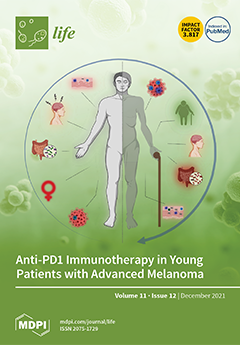Alfalfa (
Medicago sativa L.) production is affected by many factors, including management practices, soil conditions, and the environmental elements of the target area. Varietal differences, in terms of agronomic performance and forage yield, among 50 alfalfa cultivars under six harvest systems following
[...] Read more.
Alfalfa (
Medicago sativa L.) production is affected by many factors, including management practices, soil conditions, and the environmental elements of the target area. Varietal differences, in terms of agronomic performance and forage yield, among 50 alfalfa cultivars under six harvest systems following regrowth were evaluated during the growing season of 2019–2020 under non-irrigated rainfed conditions in a coastal saline-alkali soil region of North China. Days to harvesting, plant height, canopy area, growth rate, and forage yield were assessed to rank the cultivars. Furthermore, the key factor influencing the regrowth of the second year after over-wintering was identified based on the growth status before over-wintering by using the Boston Matrix method. Results showed significant (
p < 0.05) differences among cultivars and harvests regarding plant height, canopy area, and forage yield. Alfalfa forage yield ranged between 24.2 t ha
−1 yr
−1 and 32.7 t ha
−1 yr
−1. The highest forage yield was obtained in cultivar Guochan No.1, and was lowest in cultivar Magnum 601. Forage yield reached the greatest values for the first harvest, and then decreased gradually and changed stably. The forage yield of the third, fourth, fifth, and sixth harvest ranged from 3.4 t ha
−1 to 4.3 t ha
−1 (averaged across 50 cultivars), which represented 10.8% to 15.2% of the annual total forage production. We also observed that forage yield correlated strongly, but negatively, with the growth rate. According to subordinate function value analysis, Womu No.1, WL440HQ, Weston, Surprise, and WL354HQ proved optimum cultivars for general cultivation in this coastal area. In future, development of alfalfa cultivars with improved regrowth and tolerance to heavy saline-alkali soil and early spring drought would be necessary to increase forage yield under rainfed conditions in coastal saline-alkali areas of North China.
Full article






